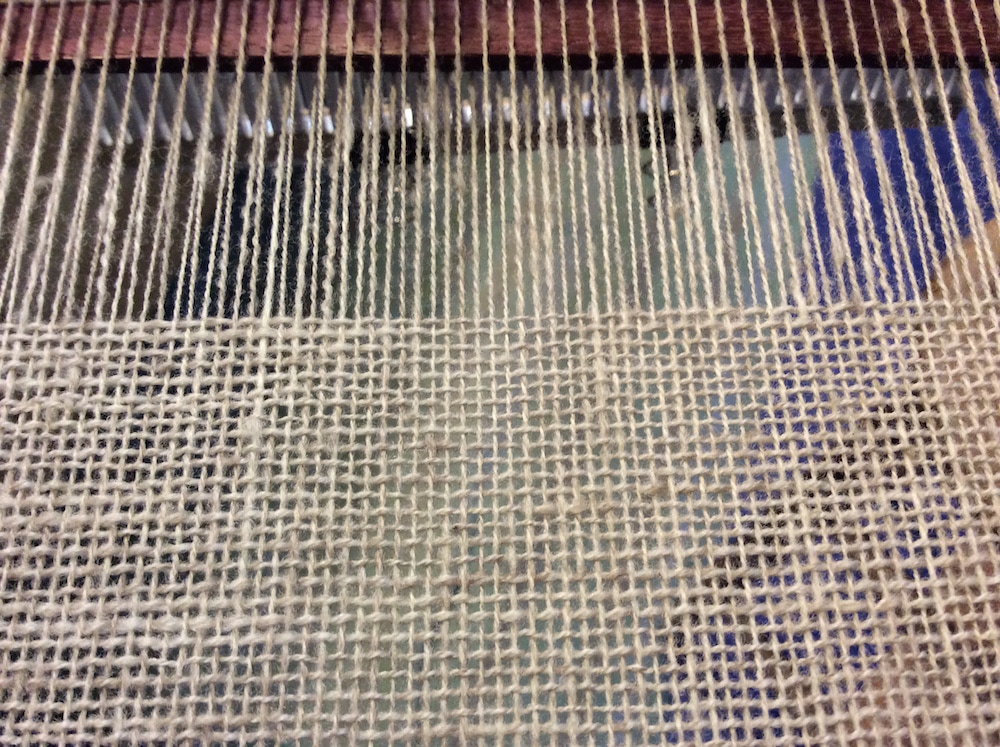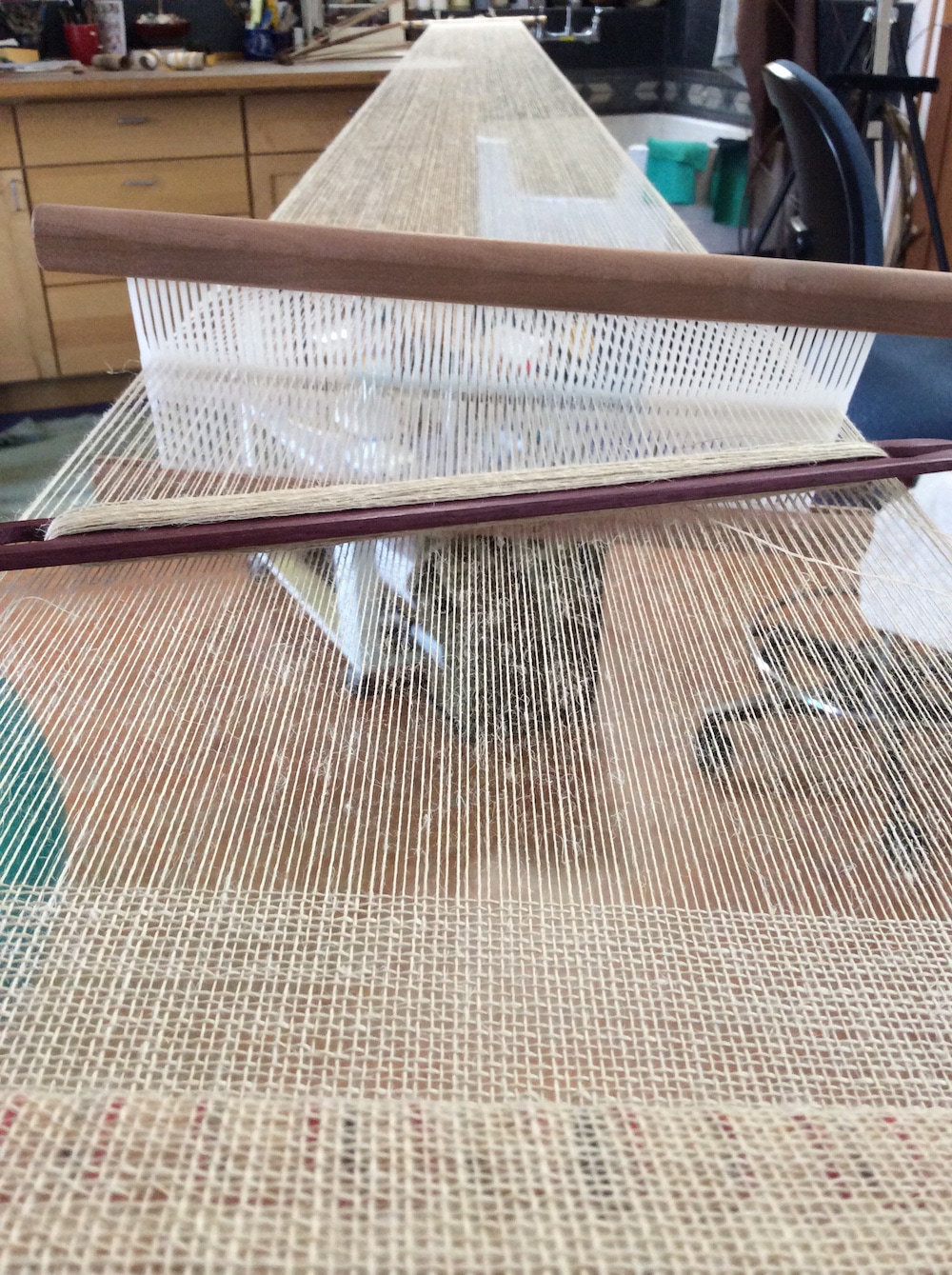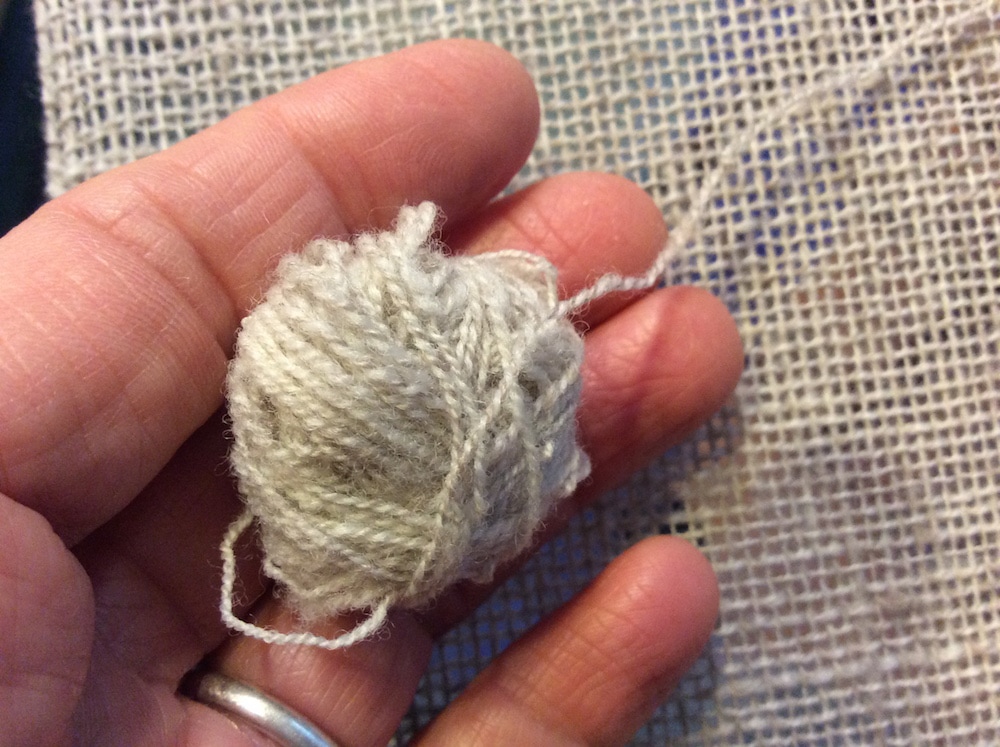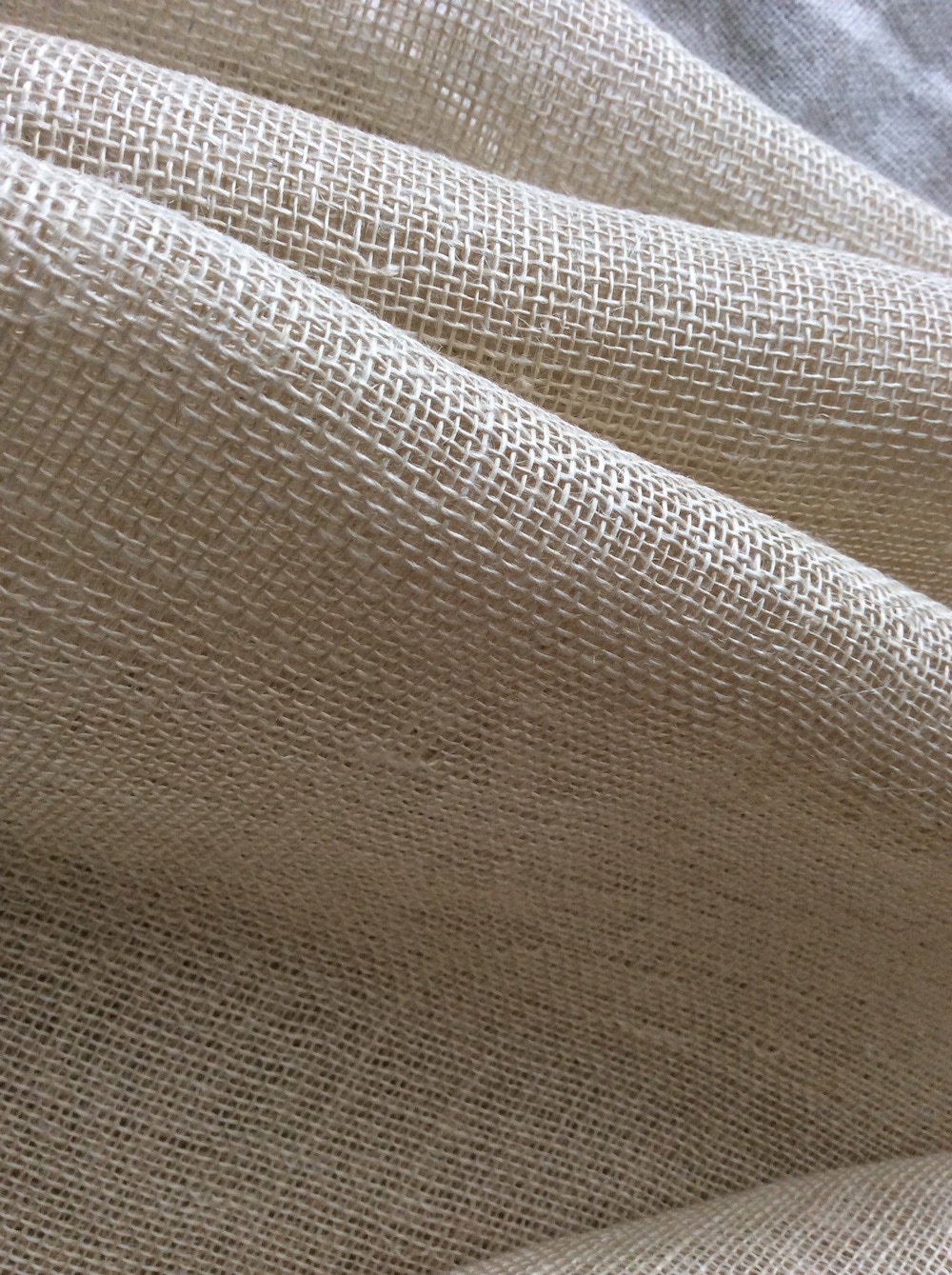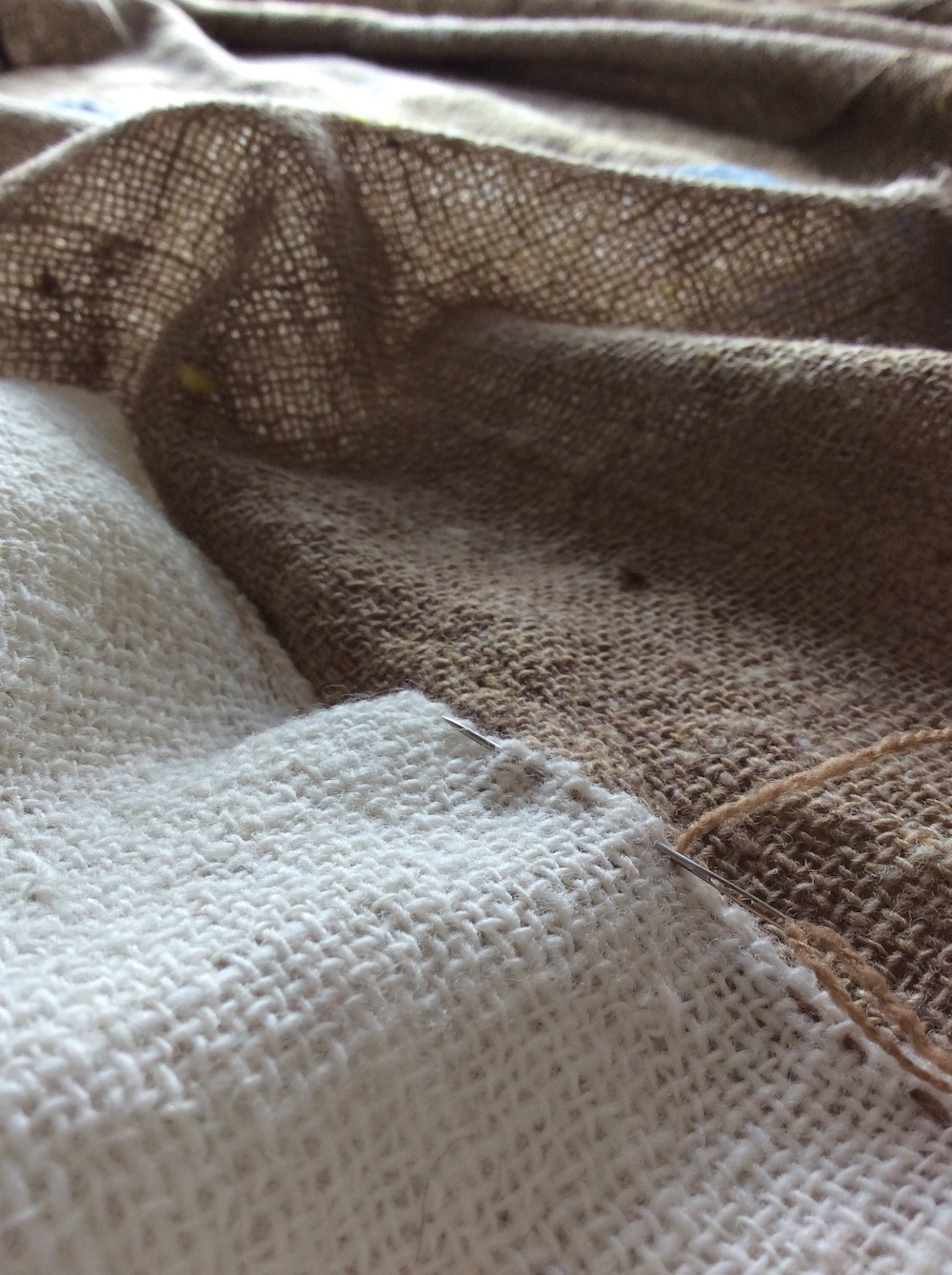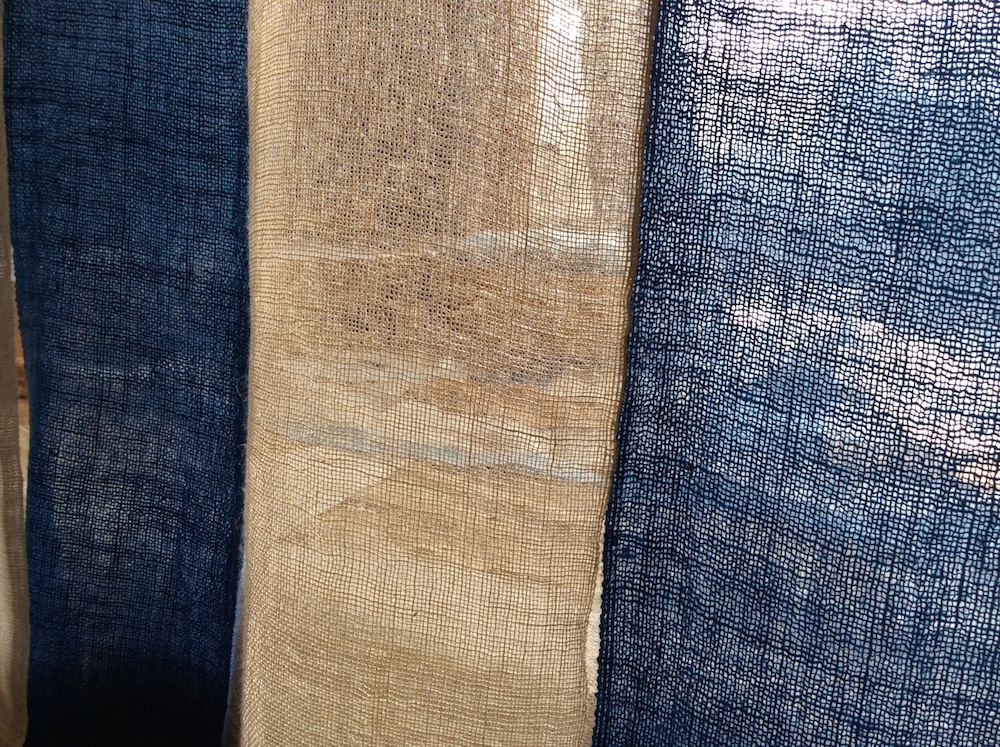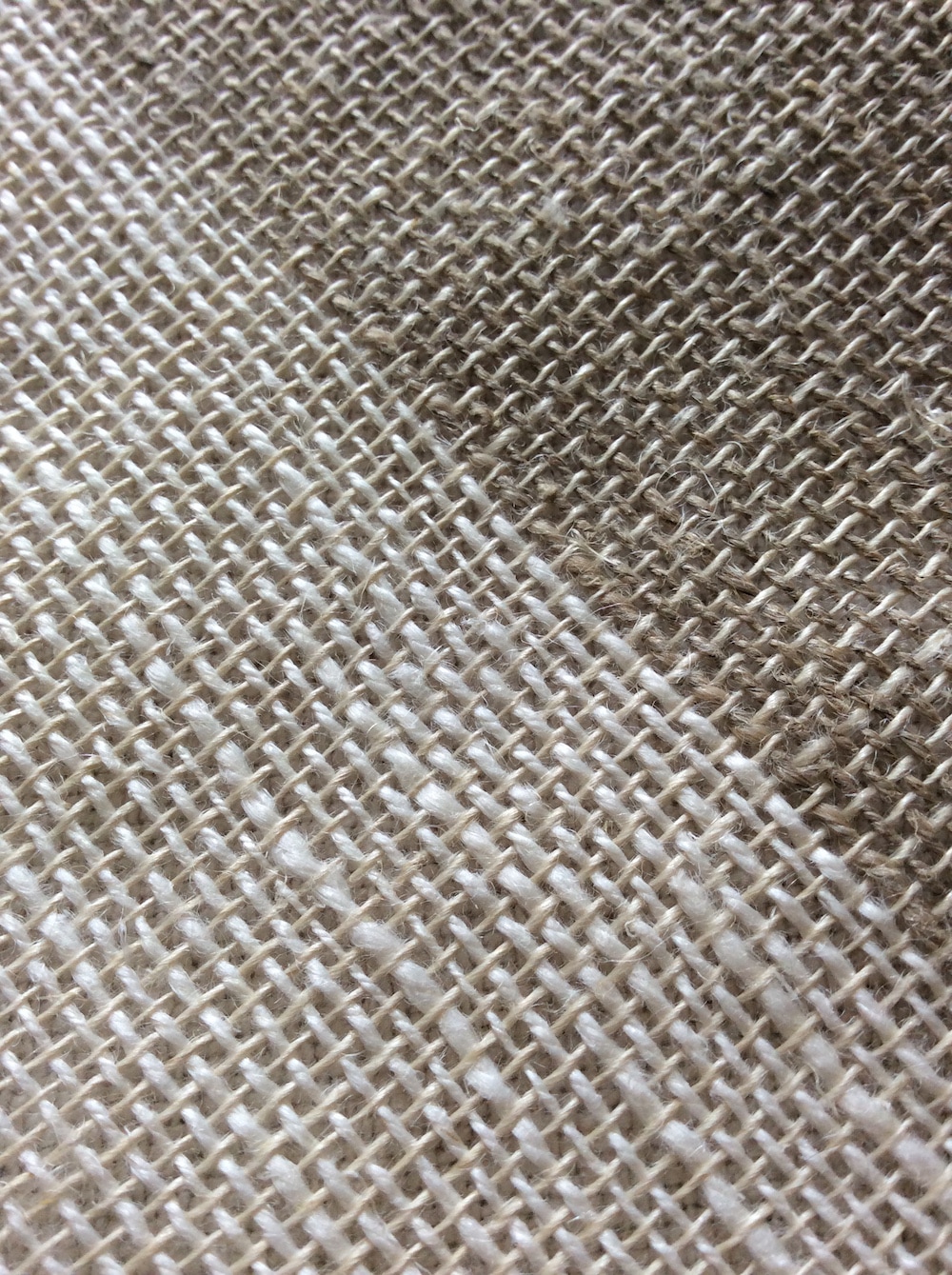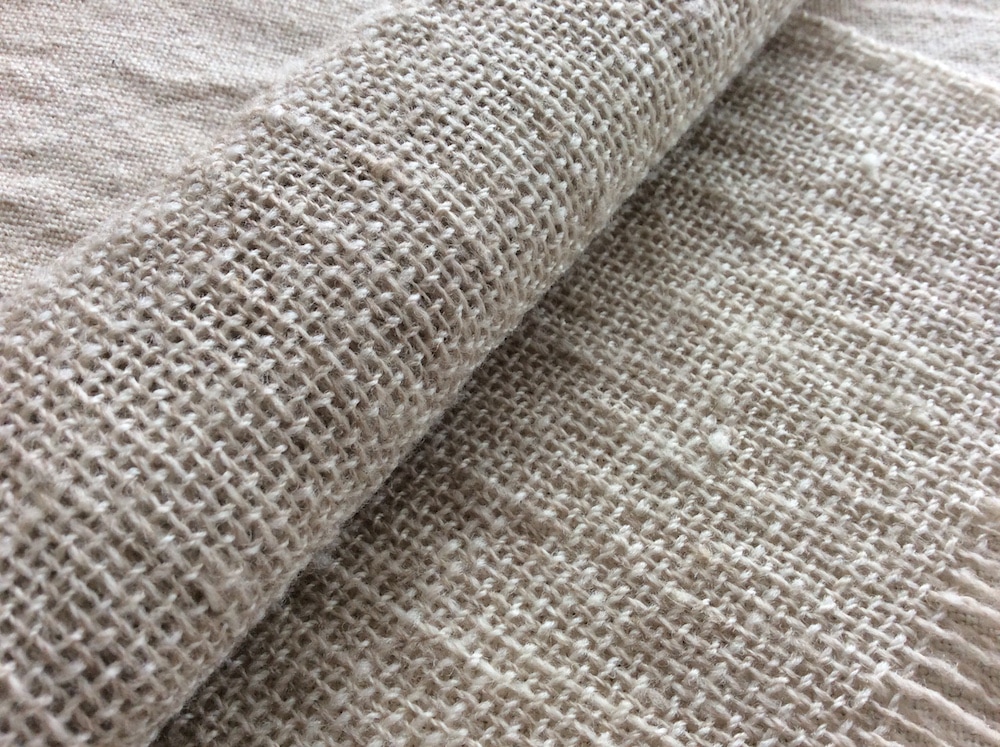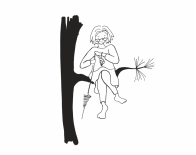I've been weaving nothing but balance plain weave on a backstrap loom for the past 10ish months, switching back and forth between linen and wool.
If asked at the beginning I'd never have guessed that all this non-pictorial simplicity would hold my exclusive attention for so long,
but a couple of weeks with linen,
then back to wool for a time--
--then off to linen again
has continued to delight.
and my miles of plain weave are made ever interesting
by these periodic changes.
as does wool's penchant for grabbing onto itself and thus staying where I place it,
even in very open structures.
but once woven the fabric stays open and deliciously translucent
while bouncy wool will happily relax into any space provided.
Linen holds its shape and undulates and whispers and glows.
Both are satisfying to stitch.
about the difference in my feelings toward the linen and the wool fabrics,
indicating a stronger connection to the wool--
a connection I thought unlikely to change and which I attributed to me having spun the yarn. But now, though the attribution remains the same,
the difference does not.
For a few days ago, just as I was finishing up a longish linen warp,
I discovered some forgotten samples from a linen spinning workshop I took in 1992.
There wasn't much -- a few plied yards, each wet spun
from bleached sliver, tow, and what is now a rather messy bundle of long strick flax.
But Golly, they felt good to work with, inconsistencies and all.
I'm sure its all in my head, this difference in my feelings,
but so what?
(famous last words),
but one of these fine days I'm going mess about that messy bundle
and see what happens.
And if any of you have any linen spinning advice (esp. on a spindle),
I'd love to hear it!
Just in case, you understand... nothing serious.
